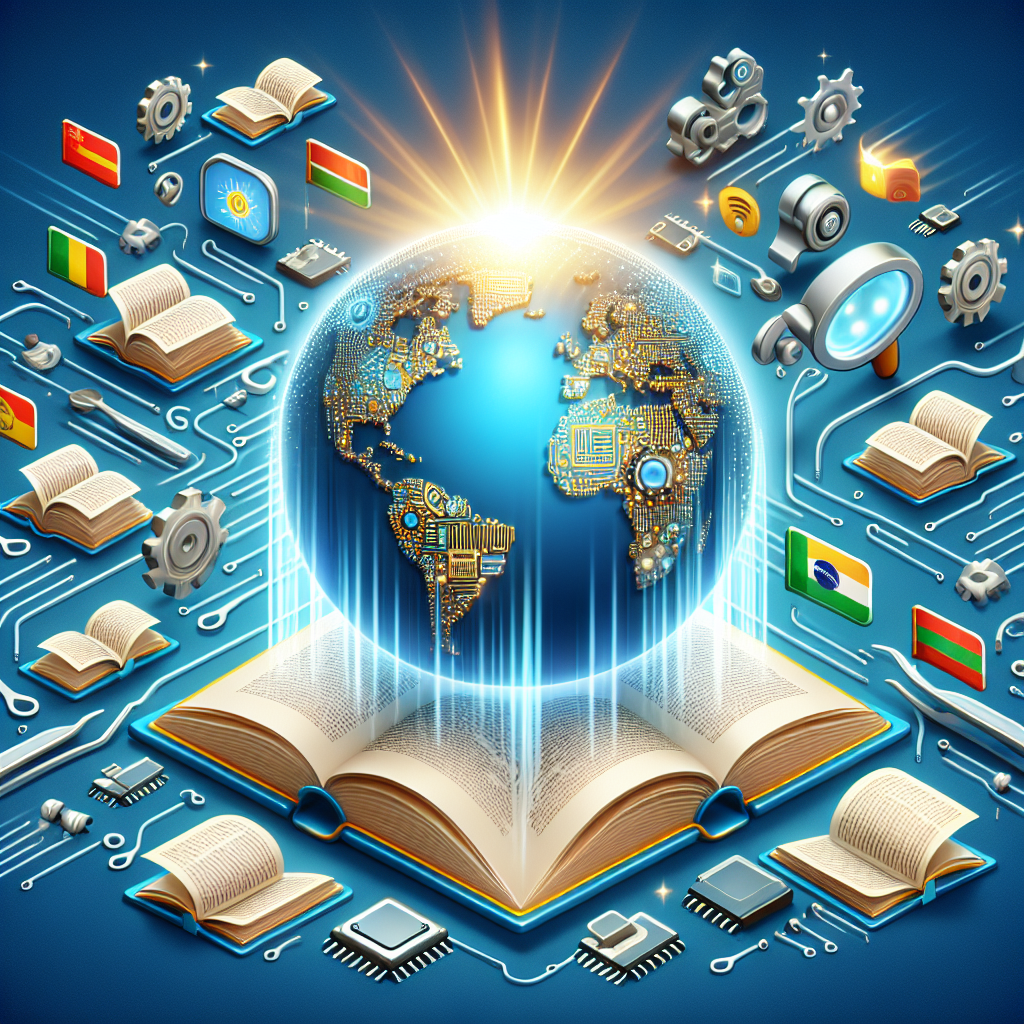Introduction to AI Tools for Multilingual Content Creation
In today’s globally connected digital landscape, content creators and businesses need to address diverse linguistic audiences. AI tools have emerged as powerful solutions to streamline the creation of multilingual content, eliminating traditional language barriers and significantly reducing translation time and costs. These tools encompass everything from machine translation and voiceover rendering to real-time subtitle generation and cultural adaptation.
Benefits of Using AI for Multilingual Content
Leveraging AI for multilingual content creation offers several advantages:
- Efficiency: AI reduces the time spent on manual translation and localization workflows.
- Scalability: Content can be deployed in multiple languages quickly, enabling broader audience outreach.
- Cost Savings: Automating translation and subtitling cuts operational costs compared to hiring teams of translators.
- Consistency: AI tools ensure terminology and tone remain consistent across different languages.
Popular AI Tools for Multilingual Content Creation
A growing number of AI-powered platforms specialize in multilingual content creation. Below are some notable solutions:
- DeepL: Highly regarded for its natural output and accuracy in multiple European and Asian languages.
- Google Cloud Translation: A robust API-based tool that integrates into various CMS and app systems for real-time translation.
- Smartling: A cloud-based translation management system that uses AI to streamline workflows.
- Synthesia: Allows users to create multilingual video content featuring AI avatars and voiceovers.
- Sonix: Known for its automatic transcription and multilingual subtitle generation capabilities.
AI Subtitling: Bridging the Accessibility and Language Gap
One of the most impactful features of AI in content creation is automatic subtitling. These systems listen to audio tracks, transcribe speech, translate it into selected languages, and synchronize subtitles in real time.
Features of AI Subtitle Tools
- Speech Recognition: Converts spoken language into text using advanced NLP algorithms.
- Time-Coded Captions: Generates precise timestamps to match the dialogue for readability.
- Translation Capabilities: Automatically renders subtitles into multiple languages.
- Formatting Support: Allows customization of font, color, and layout to match branding.
Tools like Kapwing, Rev.ai, and Subtitle Edit Pro are popular choices among content creators aiming to improve accessibility and global reach through automated subtitling.
Challenges and Considerations
Despite their advantages, AI tools are not without limitations. Key challenges include:
- Cultural Nuance: Literal translations may miss tone or regional idioms.
- Accuracy: While improving, machine translations can still produce errors that require human review.
- Data Privacy: Uploading sensitive content to cloud-based systems brings privacy and compliance concerns.
To overcome these issues, many teams adopt a hybrid approach, where AI handles initial translation and human editors refine the output for localized context.
Future of AI in Multilingual Content Creation
As AI models continue to evolve, the future of multilingual content creation looks promising. The integration of large language models (LLMs) and real-time speech processing is paving the way for seamless, personalized communication across languages. With advancements in sentiment analysis, cultural adaptation, and voice synthesis, AI will increasingly become the backbone of inclusive, global storytelling.






